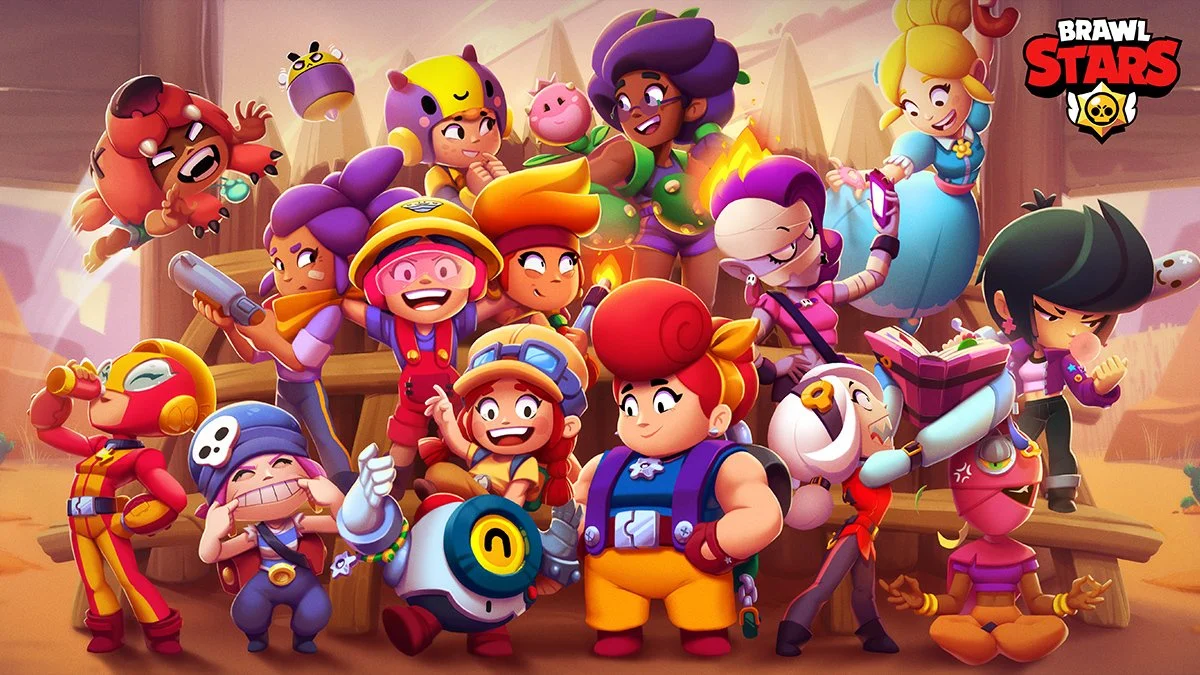Overwatch’s “Hero Mode” Needed to be a Spinoff
A lot of ink has been spilled on the debacle of Overwatch 2 canceling their co-op PvE “Hero Mode”. Blizzard betrayed players’ trust, they should have focused on the competitive live service, they should have announced the cancellation earlier, etc. Putting emotions aside, I think it’s worth re-examining why co-op PvE seemed like a good idea in the first place, and what went wrong in development.
I have personally worked on a similar co-op PvE project for League of Legends, both pushing for its creation and later its cancellation. I’ve seen both sides of the coin here and can speak from experience.
In brief, although expanding a competitive game to a cooperative audience may seem like a good way to grow, this pivot requires immense development effort and a different monetization model. PvP and PvE are better off as separate games, and Overwatch should have spun-off Hero Mode as a separate game rather than the headline feature of a sequel.
PvE seemed like a good idea
Rewind back to 2016. Overwatch releases to universal praise, revitalizing the class-based shooter. Boasting a colorful cast of heroes with vibrant personalities and distinctive playstyles, Overwatch is a master class in character design. The game draws in droves of new players to the shooter genre with its softer edge and focus on teamplay over the precision shooting.
Fast forward a couple of years. The game matures and consolidates around a competitive core. Sweaty players need to win to feel joy – the moment-to-moment gameplay is no longer enough. Team strategies are optimized, and players are criticized and harassed for performing poorly or picking a “bad” hero. Casual players trickle out. This is all normal, albeit disheartening.
The Overwatch team is monitoring this increasing competitiveness and declining player base. Meanwhile, their mind is on PvE. Perhaps they were influenced by Destiny 2’s success, World of Warcraft spillover, or Titan’s original vision as an MMO. An idea crops up – Overwatch could create a co-op PvE mode, leveraging their fantastic characters to attract non-competitive players and grow their game.
A round peg in a square hole
Building a PvE mode for a PvP game is easier said than done. When the game is built from the ground up for competitive team play, there are basic elements missing. Progression systems are the most obvious omission. Live-service PvE games are filled to the brim with progression: level-ups, stats, gear, skill trees, etc. Dozens of copies of the same sniper rifle with slightly different stats is a cheap way to extend content, and players willingly grind for hours to get a rifle with +5% damage. Hero mode will need to build all this out.
A more subtle challenge comes from character design. In competitive team play, different heroes have clear strengths and weaknesses. Widowmaker is great at sniping foes at a distance but is worthless in a close-range scramble. Junkrat’s grenade launcher gives powerful area control but poor accuracy, especially at long range. These differences encourage specialization and team play. However, creating compelling PvE challenges requires designing around the tools the player has. Suppose the game designer wants to create a giant cyclops enemy – shoot the eye for massive damage! Widowmaker will have a trivially easy time with her sniper rifle, but Junkrat’s grenades will fall hopelessly short. The designer has a few unsatisfactory options:
Players are forced to switch heroes or coordinate team compositions.
All heroes must be given all tools to conquer all challenges.
Only create challenges that all heroes can conquer.
Split PvP and PvE, so hero abilities behave differently in different modes.
None of these are great options. (1) inhibits the hero fantasy and creates intra-team conflict (“somebody needs to switch to healer!”). (2) flattens distinctiveness out of hero identities, especially for PvP. (3) eliminates punchy ideas like the cyclops and creates a flat gameplay experience. (4) has large redesign costs, especially if both PvP and PvE are built on the same foundation.
Last and most importantly, there is a production mismatch between PvP and PvE. Esports games extend engagement with characters and monetize with cosmetics. Cooperative games extend engagement with challenges and monetize with power progression. Producing enough content for both PvP and PvE requires entirely separate pipelines that creates anti-synergy. Additional characters for PvP forces PvE designers to reevaluate all of their content for that new character. Power progression for PvE is antithetical to the fair competition of PvP. Hero Mode would essentially be a separate game, requiring separate design constraints and production pipelines.
Stronger as a Spin-off
Overwatch already had an established PvP audience and committed to a free-to-play, no-pay-for-power monetization model. Instead of inheriting all that baggage, Hero Mode should have been a standalone spin-off game. Separating the products would have given Blizzard breathing room to add their trademark polish while pushing back release dates. However, publishing made the unfortunate choice to advertise Hero Mode as “Overwatch 2”, the next iteration of Overwatch, rather than a spin-off. This premature commitment tied their hands, and doomed hero mode to the development quagmire and cancellation that we see today.
Eric Guan is an ex-Riot veteran, currently designing economies at Superlayer. You can hear him soapbox on the Game Economist Cast, or read his shitposts on LinkedIn.



